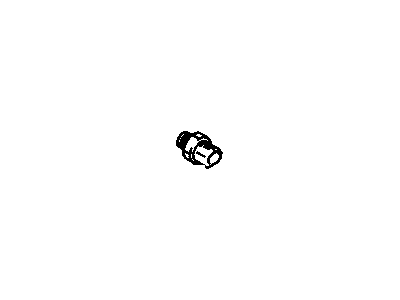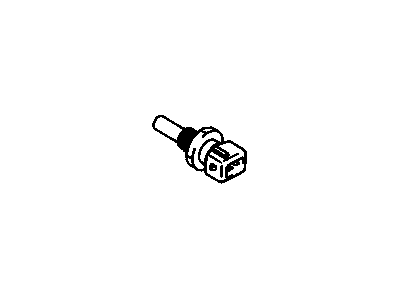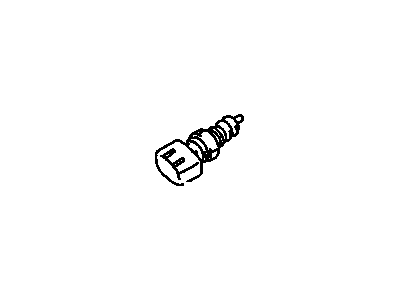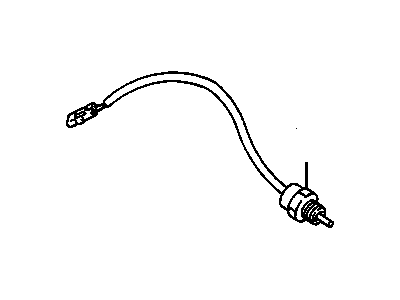
My Garage
My Account
Cart
Genuine Chevrolet Metro Coolant Temperature Sensor
Coolant Water Temperature Sensor- Select Vehicle by Model
- Select Vehicle by VIN
Select Vehicle by Model
orMake
Model
Year
Select Vehicle by VIN
For the most accurate results, select vehicle by your VIN (Vehicle Identification Number).
9 Coolant Temperature Sensors found
Chevrolet Metro Coolant Temperature Sensor
Chevrolet Metro utilizes Coolant Temperature Sensor as one of the significant parts which determines the temperature of the coolant within an engine. This sensor is an important one that is used to measure the temperature of the coolant which assists in making sure that the engine is running effectively. Chevrolet Metro cars, over the years, possibly have different types or styles of Coolant Temperature Sensors; and each of them has a corresponding method of monitoring the temperature of the coolant. These variations in sensor types may have resulted to differences in performance and accuracy in detecting the coolant temperature within the premise of the Metro vehicles.
Each OEM Chevrolet Metro Coolant Temperature Sensor we offer is competitively priced and comes with the assurance of the manufacturer's warranty for the part. Furthermore, we guarantee the speedy delivery of your orders right to your doorstep. Our hassle-free return policy is also in place for your peace of mind.
Chevrolet Metro Coolant Temperature Sensor Parts Questions & Experts Answers
- Q: How to troubleshoot and replace a faulty coolant temperature sensor on Chevrolet Metro?A:Start with checking the fuses when your coolant temperature gauge isn't working. When the temperature indicator keeps getting hotter and hotter during driving, check the issue guide. When turning on the cold engine, if the temperature gauge shows the hot reading right away, you'll need to remove the wire connected to the temperature sensor unit in the intake manifold near the throttle body base. When the temperature gauge reading goes down when you check the sending unit, replace that part. If the reading stays high, look for connections to ground or check the gauge for possible malfunction. When the engine gets warm and troublefiring isn't found in the fuses, park the car, disconnect the sending unit wire, and attach it straight to a clean engine ground. Press the ignition button without starting the engine: if the needle moves to Hot, then get a new sending unit. If the gauge doesn't show anything, one of two things could be wrong: there's an electrical connection problem or the gauge is damaged itself. Open the Radiator cap when the engine is cold to let pressure out, then put the cap back to lessen coolant loss during the sending unit change. Detach the wire from the sending unit, put a thin layer of sealant on the threads, undo the sending unit from the engine, put the new one on fast to avoid coolant spillage. Make sure the new sending unit locks tightly into place, hook up the wire, refill your cooling system, test the engine to see if anything leaks or works properly.
Related Chevrolet Metro Parts
Browse by Year
2001 Coolant Temperature Sensor 2000 Coolant Temperature Sensor 1999 Coolant Temperature Sensor 1998 Coolant Temperature Sensor 1997 Coolant Temperature Sensor 1996 Coolant Temperature Sensor 1995 Coolant Temperature Sensor 1994 Coolant Temperature Sensor 1993 Coolant Temperature Sensor 1992 Coolant Temperature Sensor 1991 Coolant Temperature Sensor 1990 Coolant Temperature Sensor 1989 Coolant Temperature Sensor















